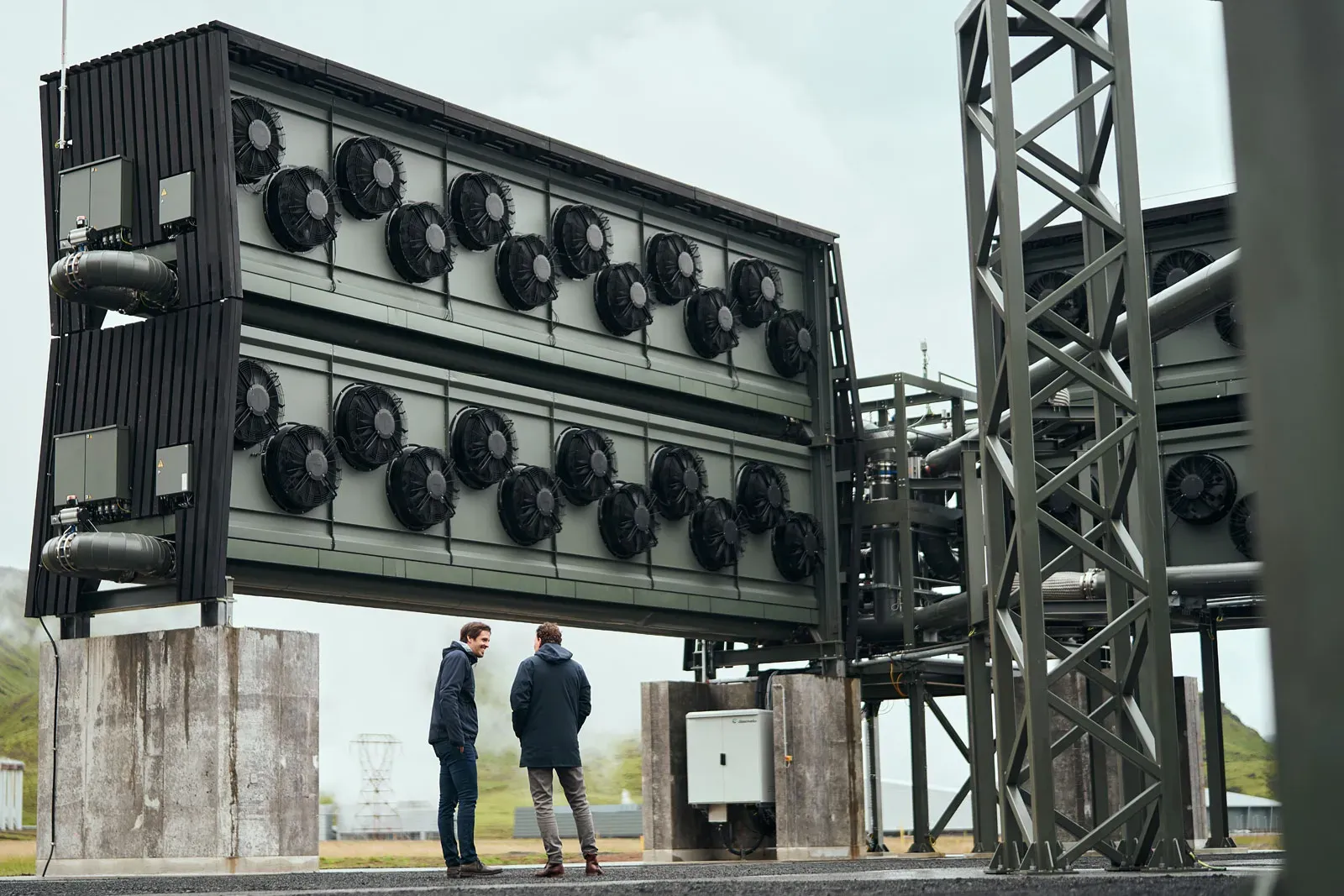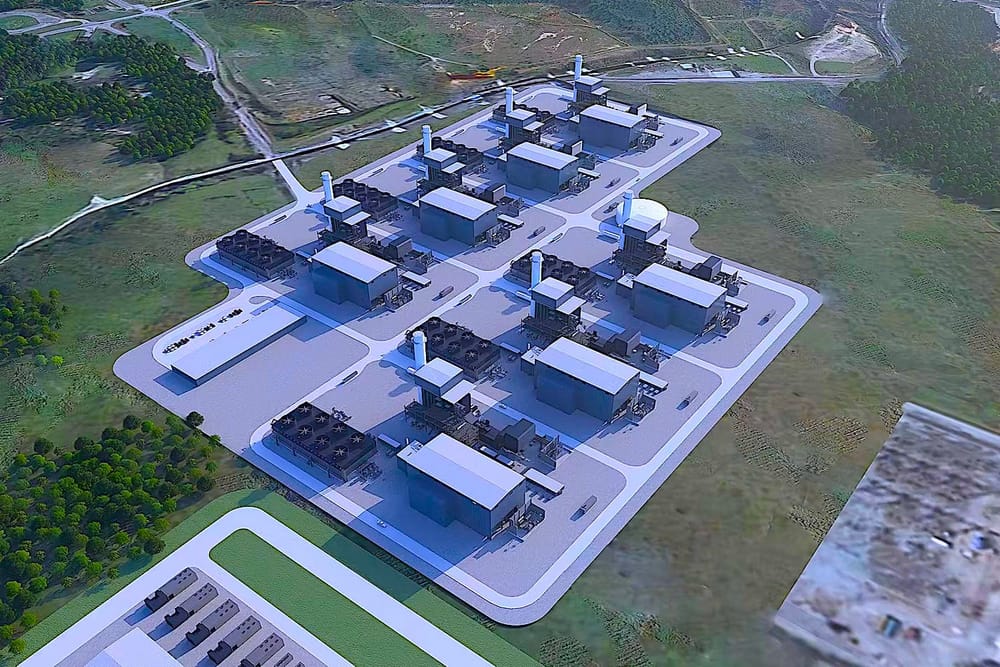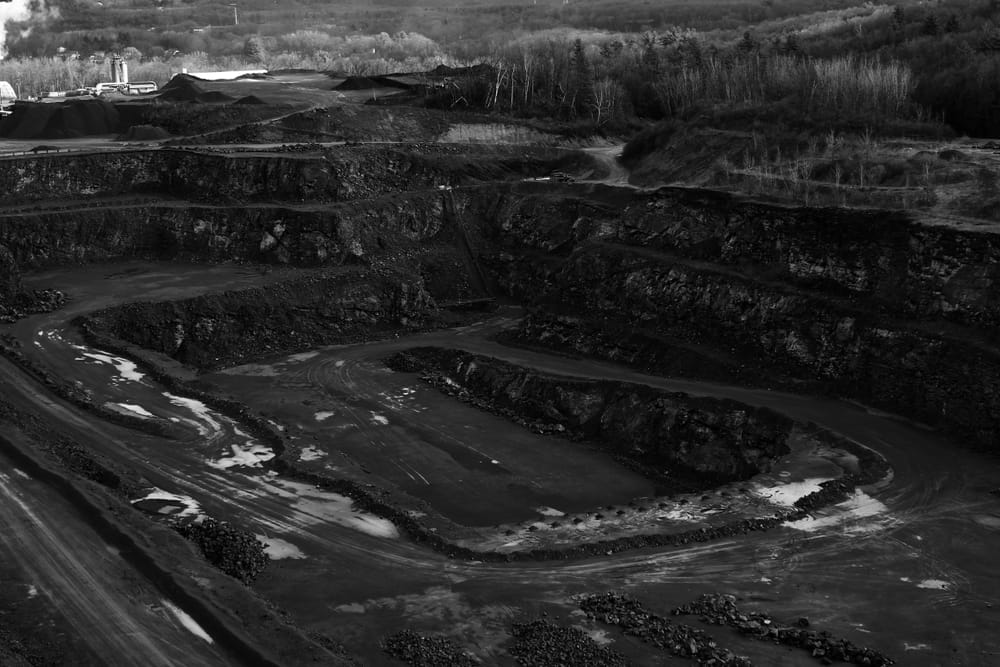I hate to break it to you, but clean energy and electric cars alone are not going to be enough to bring our emissions to zero. As the clock ticks, it's becoming apparent that routine carbon capture will still be necessary to prevent irreversible damage. And if you don't know anything about carbon capture- just know it can get pretty expensive. However, there are some innovators finding opportunities as the theoretical smog clears, and its time we learn a bit more about CCU (Carbon Capture & Utilization) so we can identify stored carbon in our everyday products.
What is Carbon Capture & Utilization?
Think of CCU like the most high-tech vacuum you've ever seen. I'll explain it like a double acronym that simultaneously shows the process of how it works -
- Carbon: Like a sophisticated vacuum that can identify specific debris, carbon capture can identify carbon molecules (CO2) in the atmosphere from others
- Capture: The vacuum then sucks the carbon molecules from the atmosphere and stores it to be used in different applications or to be pumped underground.
- Utilization: The stored carbon is then transformed into valuable resources that can be used to create fuel, building materials, diamonds and much more.
What are the factors driving the opportunity?
Carbon Capture has come a long way since its days as a dyson fever dream. Today, roughly 230 million tons of CO2 are being utilized every year, according to a report by the IEA. That sounds rosy until you realize roughly a third of that is being used to force more oil from the ground. But on the brighter side, there's been an influx of creative startups finding new uses for captured carbon - from diamonds and parfumes, to plastics and soaps, and the money is flowing too. In true gold rush fashion, we're seeing strong movement in global venture capital, investments ramped up to nearly $500 million for carbon utilization startups in 2022, and are expecting similar growth in the near future.
What does this mean for us? What can we do?
As Carbon Capture plants ramp up across the globe, we'll likely be seeing large and consistent quantities of carbon available to be used as inputs in the near future. And legislation is catching on as well, the US's Inflation Reduction Act raised the tax credit for carbon capture and utilization by more than 70% with hope it would make CCU projects more feasible. Changing consumer buying behaviour will also play a crucial role in scaling solutions that utilize and store captured carbon. So look out for companies embedding stored carbon in some of your next products, and who knows- maybe we can spur the next gold rush by turning our biggest fear into our biggest resource.








